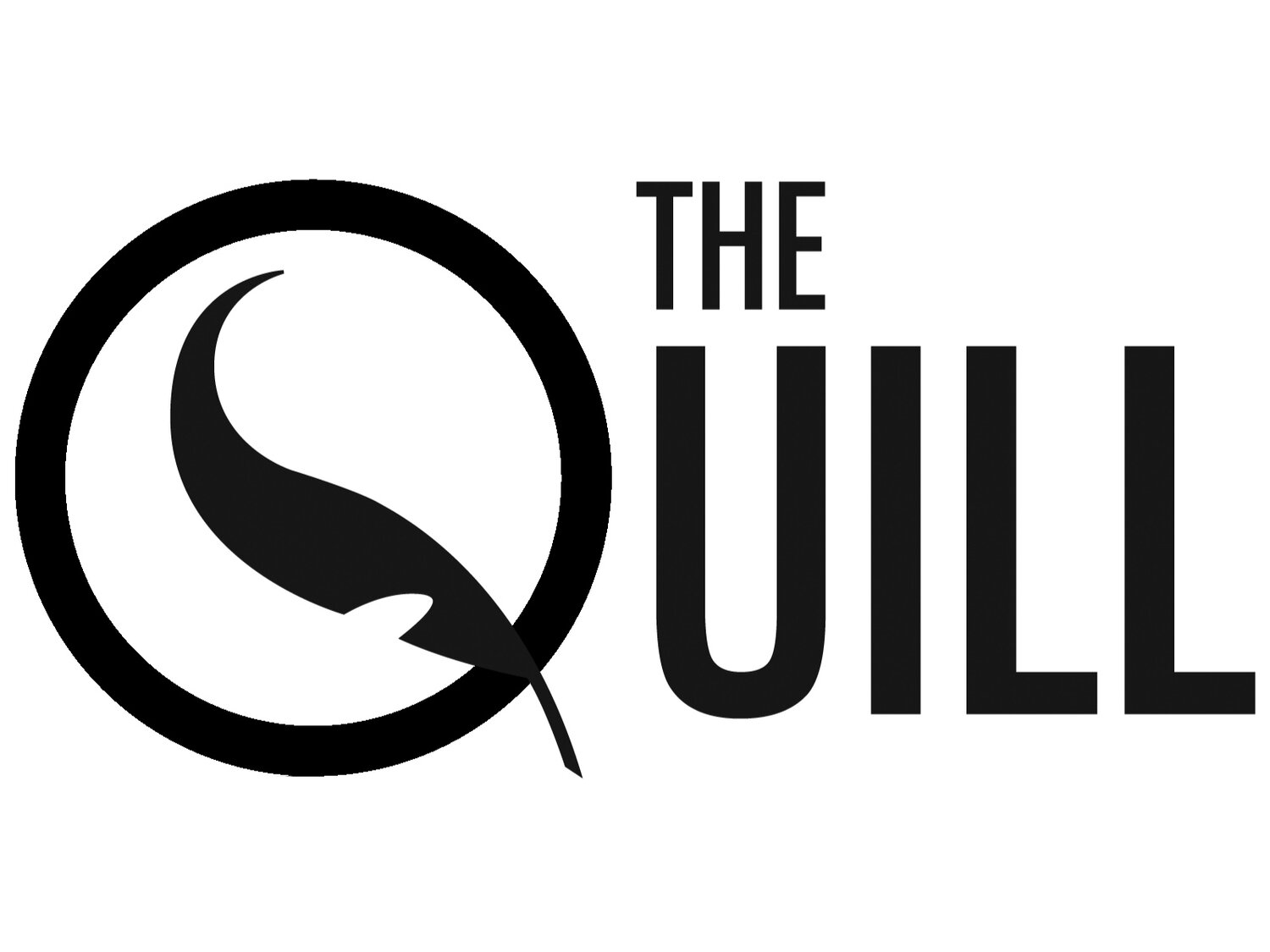What the COVID-19 Vaccine Means for Canada
By: Cedric Bell
Photo Credit: sciencemag.org
With news of the recent authorization and purchase of COVID-19 vaccines, it seems like the Government of Canada is taking a proactive approach to bringing Canada out of the pandemic. With that being said, there is still a lot of speculation surrounding the topic, and a lot of different information to understand about it. So here’s a breakdown of some of the most important facts about the vaccine, its progress, and what it means for Canada.
The Situation
As of right now, Justin Trudeau and the federal Government of Canada have purchased and authorized the use of a COVID-19 vaccine. The vaccine is being made by the Pfizer/BioNTech companies and has shown promising results. The vaccine was approved by Health Canada on December 9th and is being bought in bulk and brought to Canada. This is following a similar decision made by the UK about a week beforehand.
The Plan
Once the vaccines are in Canada, they are going to be administered across the provinces to varying degrees. The primary focus for vaccinations right now is to target at risk groups of people, such as healthcare workers, long term care residents and staff, and senior citizens. The idea behind vaccinating these groups first is that it would protect those who face the most significant threat from the pandemic; this means those working closely with it, those who stand to spread it the most, and those in groups that COVID-19 has the highest mortality rate in. The vaccinations are also being distributed more heavily in the provinces with higher populations and concentrations of people.
The Timeline
The first vaccines are set to be administered as soon as next Tuesday in some provinces, with most set to start immunizing people sometime next week. The exact details of when and how the vaccines are set to be used varies from province to province but follow the same relative trends; the first round of vaccinations are set to be distributed from January to March, focusing on at risk groups first. Most provinces are expected to start giving the vaccine to the general populace around April.
The Limitations
The production of the vaccine is facing several problems right now which are impeding the speed of its delivery. For one thing, a successful vaccination requires two doses, meaning that we can only vaccinate half as many people as the amount of vaccines we have. Another is that the contents of the vaccine have to stay in extreme cold, so they have to be administered wherever they’re in storage, and not from facilities. The last is that manufacturing them takes time, and even at their fastest pace, trying to provide enough for Canada as well as the rest of the world will take time. Finally, there is the possibility that the vaccines can cause allergic reactions in certain people. The UK recently faced this issue, as two people seemed to have had bad reactions to the vaccine, but whether or not this will be an extensive issue or not is still being investigated.
What does it mean?
While progress is being made, it is important to note that the new acquisition of the vaccine isn’t a be all end all to the pandemic, at least not for now. There is still time to bide before they become widely available, which means that at the moment the pandemic is still something to contend with and will be for another couple of months, or more. Still, the fact that these vaccines are successful and starting to be rolled out is exciting news, the progress of which will be seen in the coming months.

